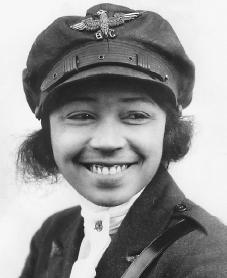Anna Julia Haywood Cooper was a writer, teacher, and activist who championed education for African Americans and women. Born into bondage on August 10, 1858 in Raleigh, North Carolina, she was the daughter of an enslaved woman, Hannah Stanley, and her owner, George Washington Haywood. Her formal education began in 1967 at St. Augustine’s Normal school and Collegiate Institute for former slaves. She received the equivalent of a high school education.
In 1887 she married George A.G. Cooper, a theology professor at St. Augustines. Her husband died two years later and Anna decided to pursue a college degree at Oberlin College in Ohio, where she earned a BA in 1884 and a Masters in Mathematics in 1887. She began teaching math and science at the Washington D.C. Preparatory High School for Colored Youth, where she served as principal from 1901 to 1906.
Cooper published her first book, A Voice from the South by a Black Woman of the South, in 1892. In addition to calling for equal education for women, A Voice from the South advanced Cooper’s assertion that educated African American women were necessary for uplifting the entire black race. The book of essays gained national attention, and Cooper began lecturing across the country on topics such as education, civil rights, and the status of black women.
In 1914 she began her doctoral studies at Columbia University where she completed her coursework in three years but was unable to complete the residency requirement because her nephew’s wife died suddenly leaving him with five young children. Anna returned to Washington and purchased a large house where she raised all five of the orphans. She was still determined to obtain her degree and studied during summers and had her credits transferred to the Sorbonne in Paris. In 1925 at the age of sixty six, she presented her dissertation and received her Ph.D. the fourth black woman to do so.
On her 100th birthday, Anna received a congratulatory letter from President Dwight D. Eisenhower.








